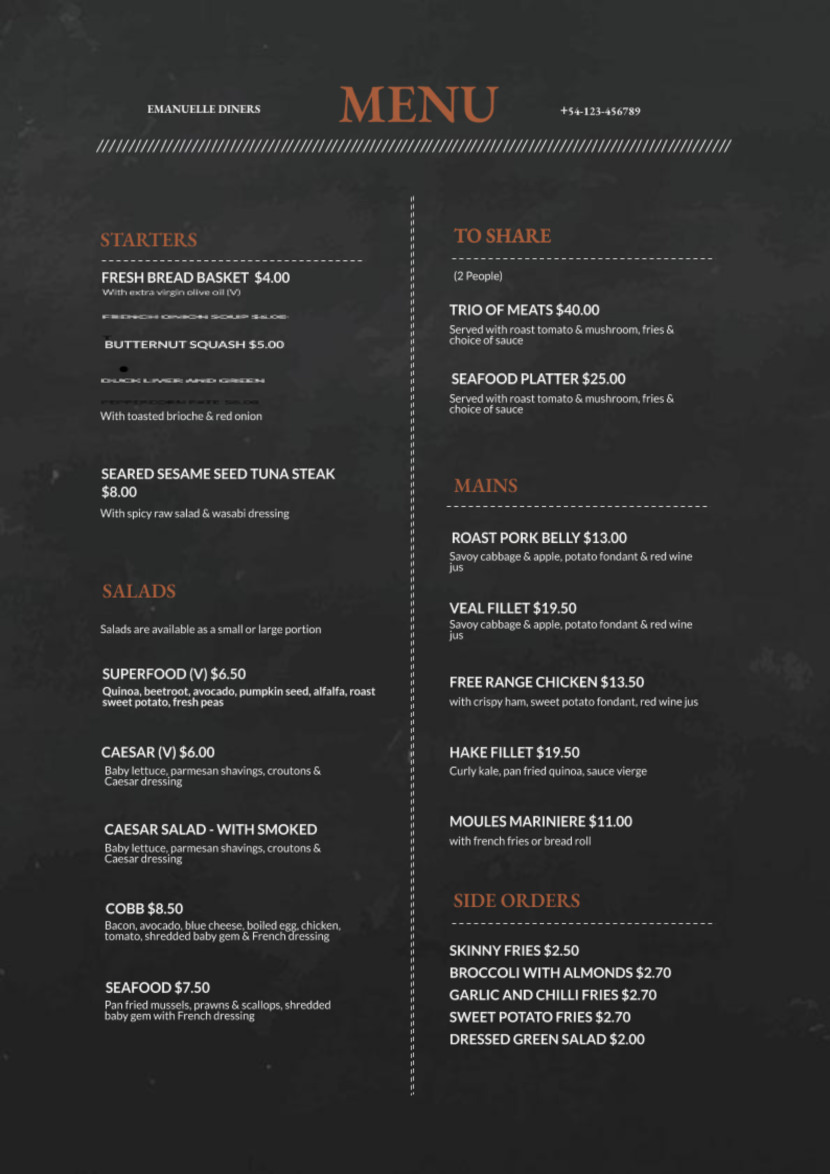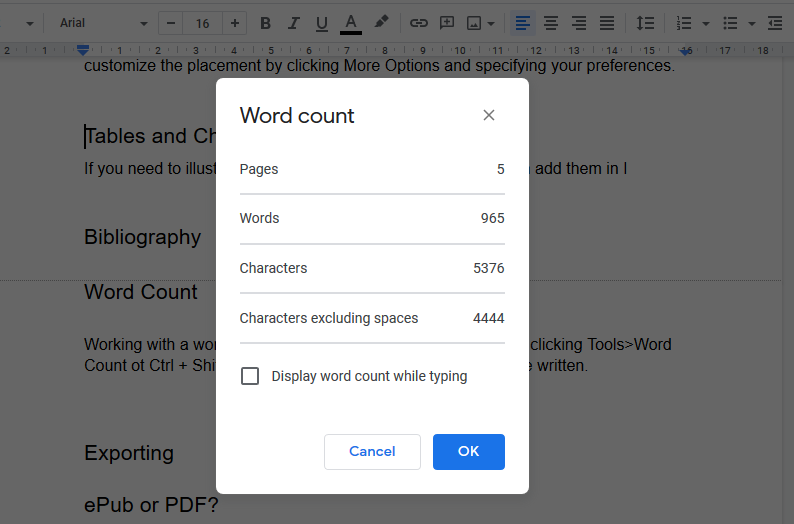
Slapping a Word document in and trusting Amazon to do the rest never works out well. Select the final copy of your epub file and click “OK.”Īmazon will accept a range of file formats, but we strongly recommend having your file formatted as an epub. To get started, simply click the friendly, yellow “Upload ebook manuscript” button. The next tab you reach is where you’ll need to actually upload your book onto your KDP account. Select the ones that you’ve decided best encompass your book - and remember, you can change and add to these later, so don’t be afraid to experiment with a couple. KDP lets you select two categories for your book, and up to seven keywords. Once you’ve found your keywords and categories, actually entering them when you publish a book on Amazon is simple. So don’t get left behind struggling through the swamp! However, our very own Reedsy Learning course on understanding Amazon’s algorithms - along with the posts in this guide on keywords and categories specifically - have made the process a smooth cruise for countless authors. Clicking through the Kindle store and digging up the data on successful books similar to yours is the best way to find the keywords and categories that feel like a perfect fit. But with a little bit of time, and the right research methods, these nine-or-so words can be a simple and effective way to boost your chances of success.Įssentially, a lot of the research has to be done by hand. Select your keywords and categoriesĬhoosing your categories and keywords can often feel like a crocodile-infested swamp you’re forced to pass through on your way to Amazon self-publishing success. The statement “#1 New York Times bestseller” is made bold to hook readers. I won’t get into the art of crafting a book description here (just check out that post!), but once you know what you want to say, take a moment to dress it up: Amazon allows you to use bold and italics to make your description visually appealing, so take advantage of that.Ī bold headline statement, hook, or social validation is a common approach used by bestselling traditionally published books - there’s no reason not to imitate them.

(We also have a whole post on publishing your books through print-on-demand services if you want to check that out.) For the purposes of this tutorial, we’re only going to cover setting up an ebook, though the process for paperbacks is pretty similar. On your KDP dashboard, you’ll see right away that there’s a section called “Create a new title,” with two options underneath: Kindle eBook, or Paperback. Once that’s all ship-shape and good to go, climb aboard.
#How to use google docs for kdp full#

Luckily, it’s easy, quick, and free! Hop over to Kindle Direct Publishing and get started by signing in to your Amazon account - or signing up for a new one. And by that we mean, set up a KDP account. Before boarding this Amazon express cruise, you will need to get a ticket.


 0 kommentar(er)
0 kommentar(er)
